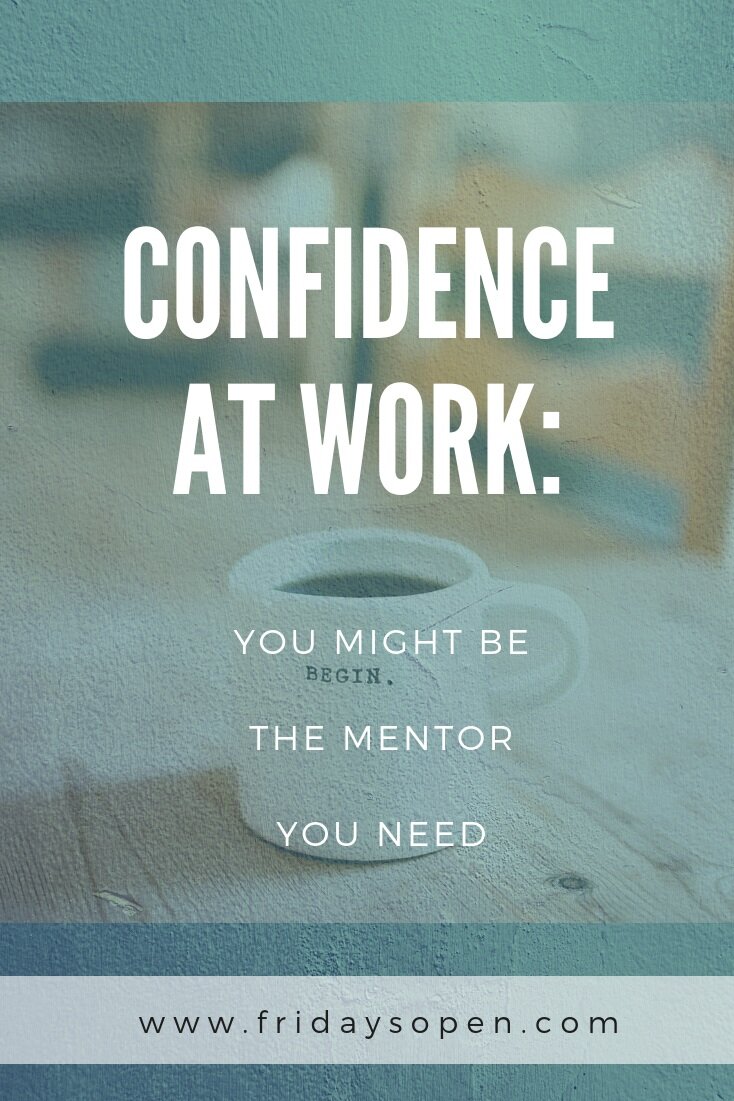Meet Ashley.
Ashley is in her late 20’s, working at a tech company in San Francisco.
Ashley’s frustrated at work. She doesn’t get to lead or contribute to projects that inspire her “big picture” strategic thinking skills.
Yes, she just received a promotion but it’s for a domain she’s not that excited about – a role that is heavily execution-oriented.
In fact, she got passed over a couple of months ago for the promotion she really wanted, a role that more closely fit with her desired career trajectory in operations. The opportunity even had a small team to manage.
Ahsley didn’t make it past the second interview. The hiring manager told her, “You don’t have any management experience.”
It’s the age-old chicken-or-egg conundrum of not being able to get the promotion you want until you have the experience.
But you can’t get the experience without getting a promotion.
In aspiring for a new role, the other challenge Ashley faced was being pigeonholed as an ‘individual contributor.’ Her assigned projects were smaller in scope, not cross-functional in nature and didn’t naturally allow for extended visibility or influence. Her talents on her own projects were noticed by her small work circle, yet with seemingly no opportunity to venture outside and spread her wings.
What’s a fledgling leader to do?
Gaining visibility at work is a common goal with the clients I work with – some of whom are very early in their careers and others who are smack in the middle of theirs in director-level roles. In those higher-level roles, gaining visibility is somewhat easier due to opportune access at that level: we’ll work to create a plan to leverage and expand existing networks while looking to forage relationships with those who might act as internal champions.
But for someone who doesn’t yet have the title that brings more visibility opportunities, we need to get deliberate and creative. In Ashley’s case, ‘getting visible’ meant starting that venture outside of her own team.
Ashley had taken advantage of her company’s formal mentor program and was meeting with her mentor as schedules allowed about every other month. Like any good mentor, he was able to provide tactical guidance on specific situations and lend some advice on others.
But Ashley needed more exposure – now – to get to the next level.
What’s Your Unique Value?
As her coach, I asked Ashley what she thought her organization valued most of her in her current role. She thought her value was her knowledge of and tenured experience in the company – how things worked, how to get things done.
“Institutional knowledge,” I said.
“Yes! Most people only stay on here about one or two years, but I’ve been here five, which sets me apart.”
We looked at ways to increase her visibility based on that unique contribution.
Ashley started by identifying where she might be able to lend support to the new hires in the organization.
She reached out to the training department to augment the onboarding program with recurring sessions about her department and how they support the company goals.
Next, she joined the formal mentor program as a mentor herself. At first, Human Resources wasn’t sure where to plug her in since her position was not at the hierarchical level mentors historically came from. With her manager’s approval, she added ‘Become a mentor’ to her own development plan keep that visibility and management goal at the forefront and messaged with her HR liaison regularly to stay ahead of possible opportunities.
Finding Opportunities
In the meantime, she took every opportunity to informally mentor newer employees.
“By helping someone else process situations and develop solutions, her own ability to do so grew even more.”
By helping someone else process situations and develop solutions, her own ability to do so grew even more. Ashley is also able to point to these partnerships as evidence of her ability to guide and influence others, a key management trait. She wanted to be sure the next time a dream promotion became available, she wasn’t caught flat-footed…lacking the experience necessary to make it past the first round.
Ashley also took the initiative to be a peer mentor, asking a colleague to lunch to discuss their mutual career development. Then asking how she could in turn support that colleague in her own career path. They’ve continued these meetings quarterly, becoming accountability partners in support of keeping each other on track.
Confident Progress
Ashley made certain to keep her manager appraised of her progress asked him for more opportunities to represent the team and work cross-functionally. She realized her manager needed some evidence of her capabilities in these areas before assigning her to tackle projects with additional visibility and therefore, additional risk.
Taking the initiative to do more or different work won’t always be rewarded by career advancement or recognition. But sometimes it’s okay to do something independent of your current responsibilities because it adds value to the company and a learning experience for you.
And because you enjoy it.
Combining both makes for more meaningful work.
Article originally appeared on Kivo Daily: Women@KD: https://www.kivodaily.com/women-at-kd/be-the-mentor-you-need/













